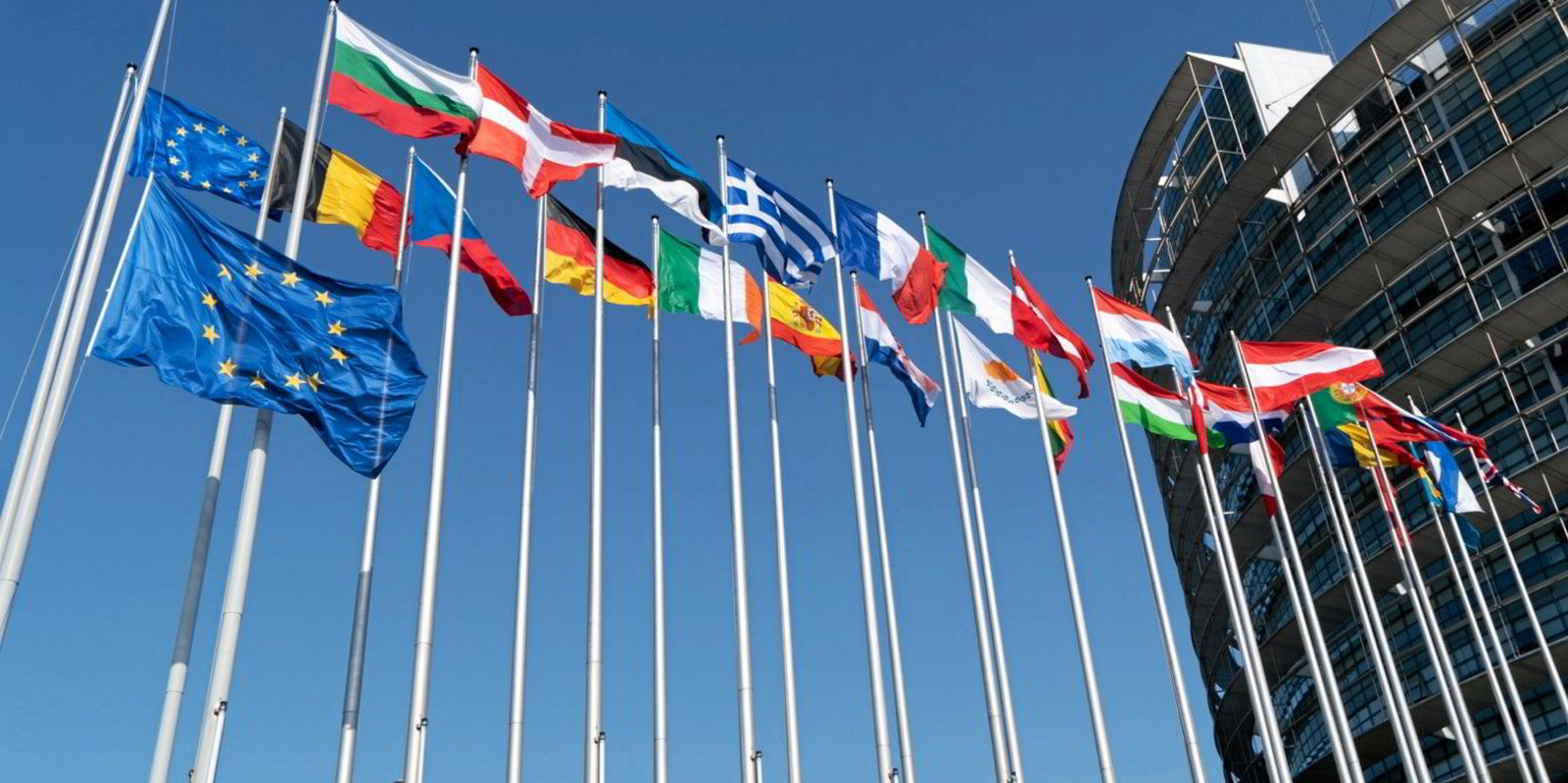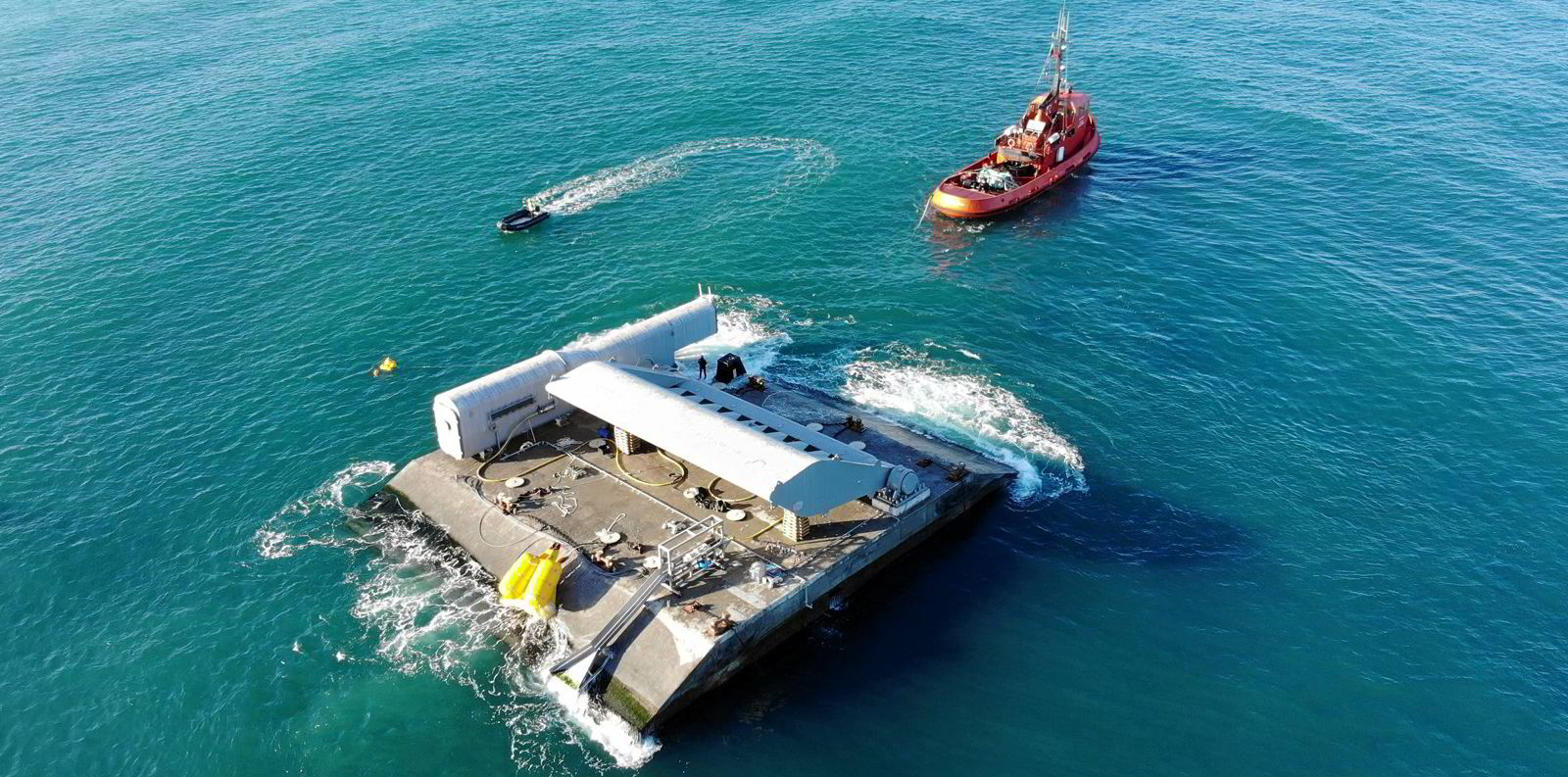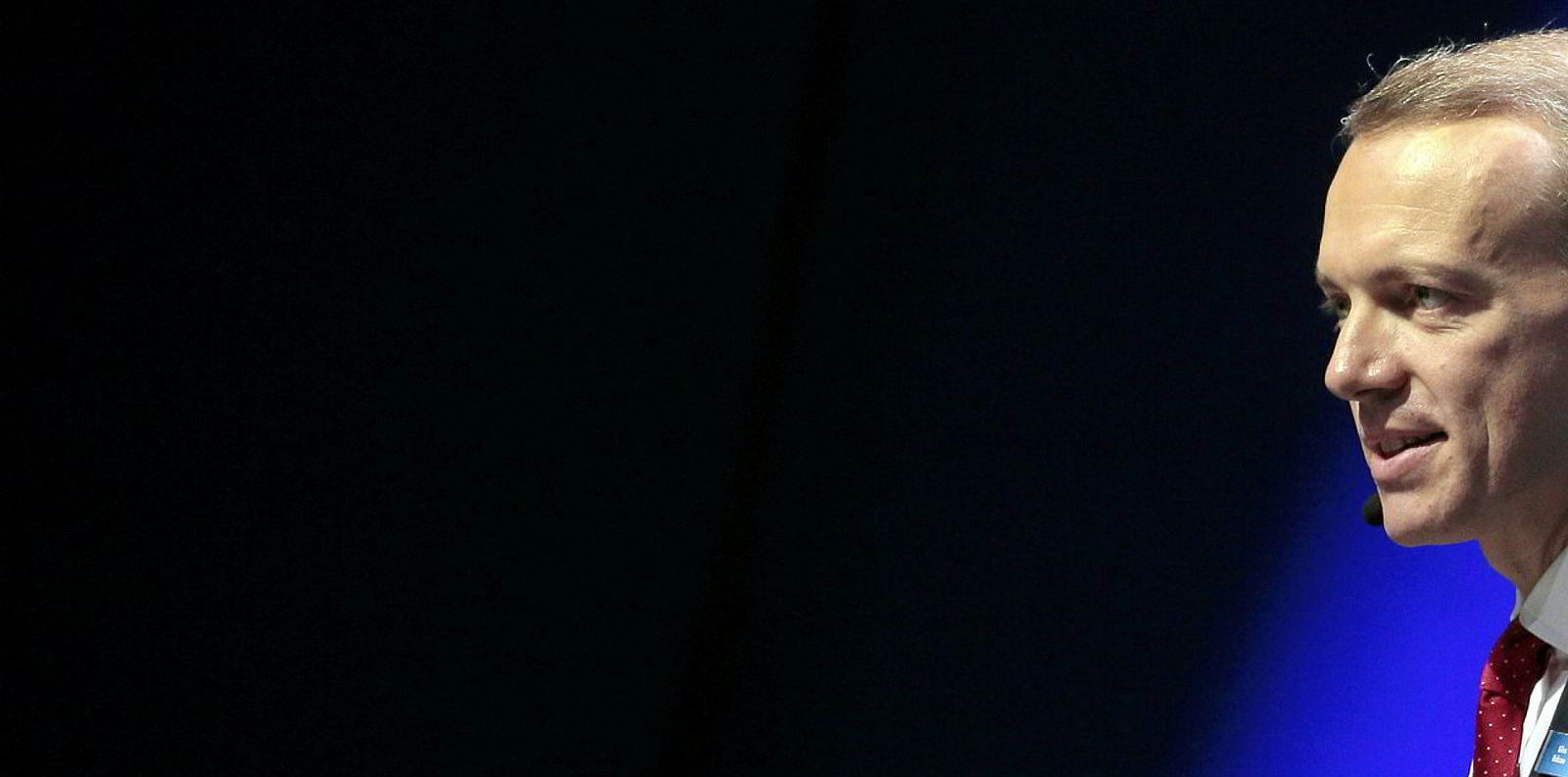Green hydrogen will be a key element in the EU’s Offshore Renewable Energy Strategy, in particular for hard-to-decarbonise sectors such as aviation, shipping or chemicals, the European Commission made clear, but both the offshore wind and the hydrogen sector stressed the need for better maritime spatial planning.
Get the market insight you need into the global oil & gas industry's energy transition – from the new newsletter from Upstream and Recharge. Sign up here
The commission on Thursday had presented its €800bn ($945bn) strategy to boost the EU’s offshore wind capacity 25-fold from 12GW now to 300GW in 2050, and also build up 40GW of ocean energy capacity by then.
“Achieving these objectives would deliver major gains in terms of decarbonising electricity generation, enable decarbonisation of hard-to-abate sectors with renewable hydrogen as well as deliver major benefits in terms of jobs and growth,” the commission stressed in the offshore strategy, adding that the use of offshore wind will be crucial to achieve its target of 40GW of renewables linked to electrolysis capacity in the EU by 2030.
Hydrogen’s bridging role
German wind energy group WAB said the offshore strategy’s focus on hydrogen production and regional cooperation are positive, but demanded firm action to really achieve those goals.
"We welcome the importance the strategy gives to maritime spatial planning, which plays a decisive role as a mediator between different activities," said WAB Managing Director Heike Winkler.
Industry group Hydrogen Europe agreed that hydrogen will only be able to play its ‘bridging role’ with offshore renewables if the appropriate transport and distribution infrastructure is there to actually allow for its deployment.
The EU’s offshore strategy therefore should be consistent with the upcoming revisions of trans-European gas and power networks (the so-called TEN-E Regulation) and the economic block’s ten-year network development plan (TYNDP), the group urges.
“The renewable energy and hydrogen industries are strategic partners in materialising the EU Hydrogen Strategy’s target for a 40GW electrolysis capacity post 2030 and the achievement of the EU’s climate targets,” Hydrogen Europe secretary general Jorgo Chatzimarkakis said.
“When developing the energy system of the future, the EU policy framework must consider the principles of ‘system efficiency’ and ‘cost-efficiency’ while taking into consideration appropriate spatial planning issues.”
Ideally, the EU should promote an ecosystem that is founded on advantageous synergies between renewable energies, such as wind and solar power, hydrogen and the maritime sector, Chatzimarkakis added.
First offshore-to-hydrogen projects
European companies are already planning first pilot projects that link offshore wind power to hydrogen production, but attempts for more systematic grids or pipeline networks are still in its infancy.
Danish offshore wind champion Orsted and oil & gas major BP, for example, earlier this month announced their intention to build a 50MW electrolyser plant at a BP refinery in Germany that would produce H² using power from an Orsted offshore wind farm.
And a consortium of oil major Shell and Dutch utility Eneco in July has won the latest zero subsidy offshore wind tender in the Netherlands (for the 759MW Hollandse Kust North zone), moving ahead the developer’s plans to create a green hydrogen hub in the port of Rotterdam.
But larger projects, such as the NorthH2 plan by Shell, Dutch gas infrastructure group Gasunie and Groningen Seaports to produce hydrogen from a future 10GW offshore wind project in the North Sea are still in the feasibility study phase and will require local, national (Dutch) and European support and adequate policy frameworks and maritime planning.
Every spot in the North Sea needed
Despite the challenges, hydrogen will be crucial to reach greenhouse gas neutrality, Patrick Graichen, the head of Berlin-based think-tank Agora Energiewende emphasised during a webcast seminar Thursday on offshore wind and green recovery plans by the EU and the UK.
Due to the massive amounts of hydrogen needed to decarbonise sectors such as steel or chemicals, “every terawatt hour of wind onshore, wind offshore and solar we can get” will be needed, he said.
“The limit will be the space. The limit is not cost anymore, the limit is not the question whether or not this is kind of needed,” Graichen said.
“But the key question is how do we get all those renewables built up at that speed and that scale that we need for greenhouse gas neutrality by 2050? Every spot in the North Sea, but also onshore, that we can get, we should take.”





